I literally threw away $400 last week. Like, open a window and toss it outside. That kind of threw away…I was working with a copywriter who I’d hired to write some copy for me.
I sent her an example of what I was looking for. Sort of.
I sent her an example, but I buried it within three links of extra material that I didn’t need. Then, I gave her a lengthy explanation of what I liked and didn’t like and what I had done already and what still needed done. I referred to each of the links and discussed them in detail. I told her how it all fit into my business brand, and what I planned to do in the next two quarters. It was all unnecessary information. Irrelevant wasted words.
In the end, she never understood what I wanted. And I spent $400 to get copy that wasn’t even close.
I couldn’t blame her. I was the one who failed to communicate my needs. And, I knew better too. After all, CLARITY is part of my brand.
It was a $400 reminder of how much it matters. Yep, it was that $400 pair of shoes I could have purchased had I not wasted money with poor communication.
Even when we get busy, clarity still matters. So, to remind myself, (and hopefully save you from making the same mistake), I pulled together these 7 tips to help.
7 Tips for Clear Communication
1. Consider Your Audience (Make it relevant and resonant) – In my case, my audience was a copywriter. She needed to know what I wanted. She didn’t need to know the lengthy explanation of how it fit into my business plan, or why I thought it was a good idea.
2. Say Exactly What You Mean – Be direct. Story telling is great for emphasis. But it isn’t necessary in business communications. We need our audience to know what we mean without wasting words. I could have given my copywriter a clear set of expectations, and a specific deliverable. By choosing to provide a ton of extra information I clouded the situation.
3. Don’t Use Jargon or TLA (Three Letter Acronyms) – My copywriter had no idea what a “one sheet” was. It’s something speakers use to send to event planners. In my elaborate instructions, I never actually defined “one sheet.” I told her a million things but none of them provided a clear definition of a “one sheet.”
It’s important to use language that your audience understands. Not shortcuts that only you or someone in your field would know.
4. Don’t Over Elaborate (Keep it short and simple) – In honor of this one, I’m going to shut up. Let number 4 speak for itself.
5. Check for Understanding. – In any communication it’s important to check for understanding. Build a dialogue, don’t ask a yes or no question. I should have asked “how do you see this coming together? Or, what do you expect the deliverable to look like?”– That’s how I could have checked for understanding.
Instead, I said, “okay, you think you have it?” — she said yes. We were both wrong. By creating a dialogue, I would have recognized that she wasn’t on the same page as me and I would have added more clarity in my communication.
6. Make Sure the Message, Tone and Body Language Are Consistent – I messed up in this area too. I was very casual about the whole thing. Almost as if it wasn’t super important. My copywriter took that casual feel as meaning that she had a lot of creative wiggle room. She didn’t.
The work I needed was specific and required a set of guidelines. If I had used a more professional tone, she would have stepped her game and asked more questions. These things matter in communication.
7. Choose the Right Medium for the Message. – This entire $400 lesson learned happened over email and voice calls. As a coach, I work with my clients on video conference calls. WHY? Because I recognize the importance of face-to-face interaction when it matters.
Had I done that with my copywriter, she could have seen my expressions and had a better grasp. Voice and email work in some cases. But not in all. Make sure you use the right medium for the message.
So, there you have it. 7 things I knew to do, but didn’t do. Which proves that we all need reminders of basic communication skills. Even when it’s part of our own brand.
Cynthia Corsetti is an Executive Coach and Speaker. If you’d like to learn more on how her C.A.R.E. to Engage system can help you create an engaged workforce in your organization, you can email her at: [email protected]
PS..I’m an open networker and I love to connect. Please join me over on LinkedIn and FB so we can take this journey together!


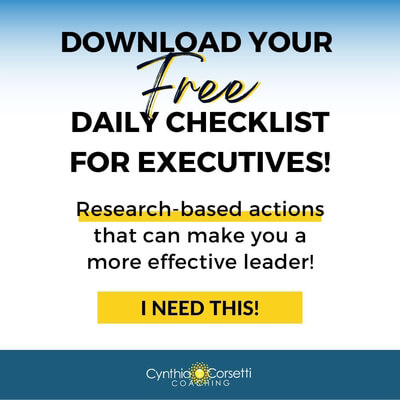
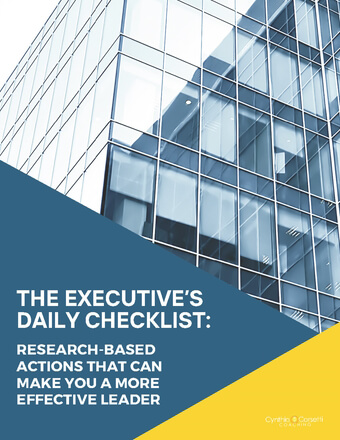
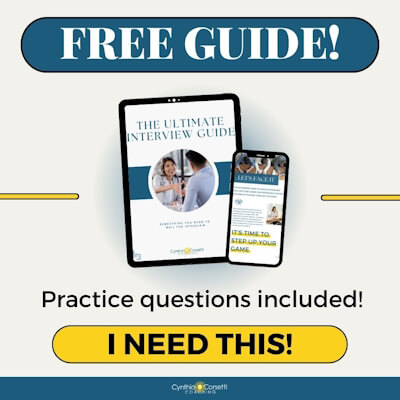
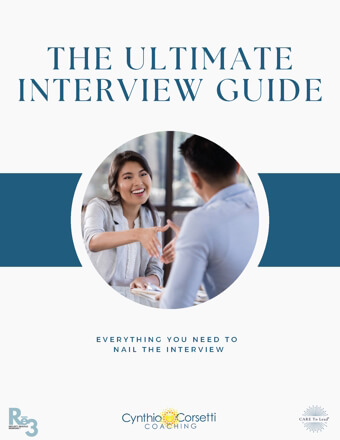

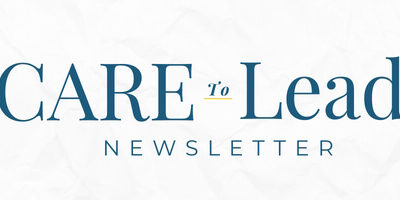
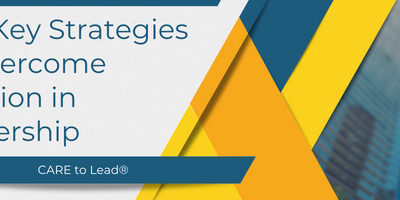
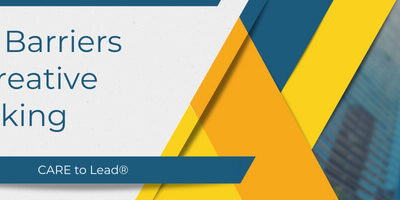

0 Comments